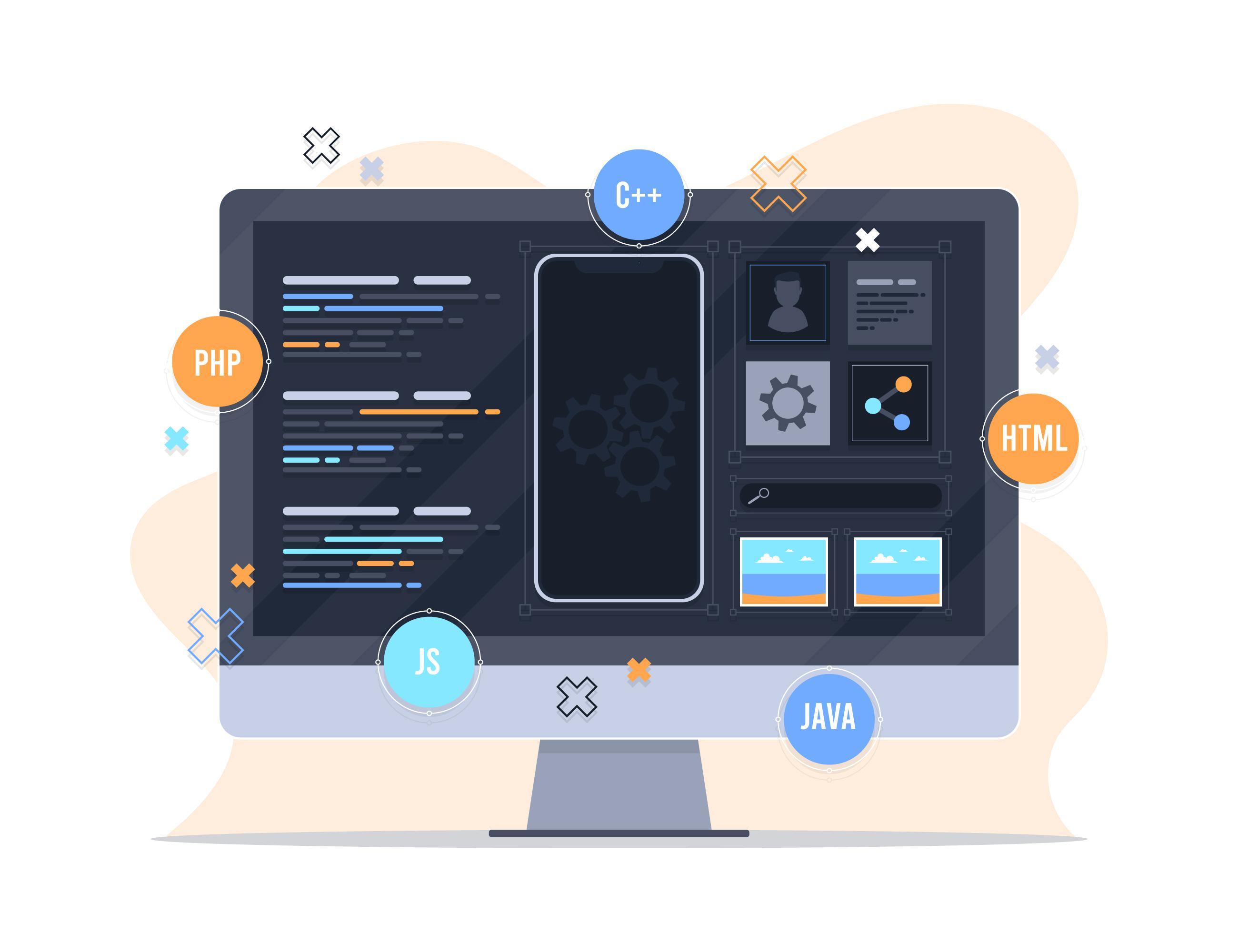How to Measure the Impact of an Event on a Brand
Events are a vital component of marketing strategies for brands, enabling direct engagement with audiences and enhancing brand awareness. However, measuring the impact of these events on the brand is crucial to ensure that the desired goals are achieved. This article explores how to measure the influence of an event on a brand by analyzing metrics such as media coverage, attendee engagement, brand awareness growth, and goal achievement evaluation.
1. Analyzing Media Coverage
a. Collect Media Data:
- Gather all articles, reports, interviews, and press releases covering the event. Use media monitoring tools like Google Alerts or Mention to track the coverage.
b. Evaluate Coverage Quality:
- Assess the quality of media coverage in terms of content, types of media (articles, videos, blogs), and its reach to the target audience. Determine whether the coverage is positive, negative, or neutral.
c. Measure Reach and Audience:
- Count how often the brand or event is mentioned in the media. Tools like Cision or Meltwater can help estimate the total reach (potential views or reads) of the coverage.
2. Evaluating Attendee Engagement
a. Collect Attendance Data:
- Use registration forms or surveys to collect information about attendees, including numbers, age groups, geographic locations, and more.
b. Measure Onsite Interaction:
- Evaluate attendee interaction during the event, such as participation in activities, feedback on content, and social media engagement. Interactive apps like Slido or Poll Everywhere can help collect data.
c. Conduct Post-Event Surveys:
- Conduct post-event surveys to gather feedback on attendees’ experiences and satisfaction levels. Questions like “How would you rate the event?” or “Would you recommend it to others?” can provide valuable insights.
3. Measuring Brand Awareness Growth
a. Analyze Social Media Growth:
- Track your social media accounts’ performance before and after the event. Monitor increases in followers, interactions, and shares as indicators of heightened brand awareness.
b. Monitor Search Trends:
- Use tools like Google Trends or SEMrush to track keywords related to your brand after the event. Did searches for your brand or event increase?
c. Estimate Reach:
- Estimate the number of people reached through the event, whether via media coverage or attendees. Include post-event website traffic analysis to gauge additional exposure.
4. Assessing Goal Achievement
a. Set Clear Goals:
- Before the event, define specific goals you aim to achieve, such as increasing sales, improving brand awareness, or generating leads.
b. Compare Performance to Goals:
- After the event, compare the actual performance against the set goals. Did you reach the target number of attendees? Was there a significant boost in sales?
c. Use Key Performance Indicators (KPIs):
- Identify appropriate KPIs, such as conversion rates, attendee numbers, and acquisition costs. Use these metrics to assess the overall success of the event.
5. Drawing Lessons and Continuous Improvement
a. Analyze Results:
- Review all data and feedback collected to identify patterns and lessons learned. What worked well? What can be improved in future events?
b. Prepare a Comprehensive Report:
- Create a detailed report summarizing results and recommendations. Use charts and graphs to make the data more comprehensible. This report can serve as a reference for planning future events.
c. Implement Improvements:
- Use insights from the analysis to refine strategies for upcoming events. Continuously test new approaches based on lessons learned.
Conclusion
Measuring the impact of an event on a brand requires a comprehensive approach that combines data analysis with attendee feedback. By analyzing media coverage, assessing attendee engagement, measuring brand awareness growth, and evaluating goal achievement, you can gain a clear understanding of the event’s success. Understanding the true impact of events on your brand enables you to refine future strategies and enhance success.
